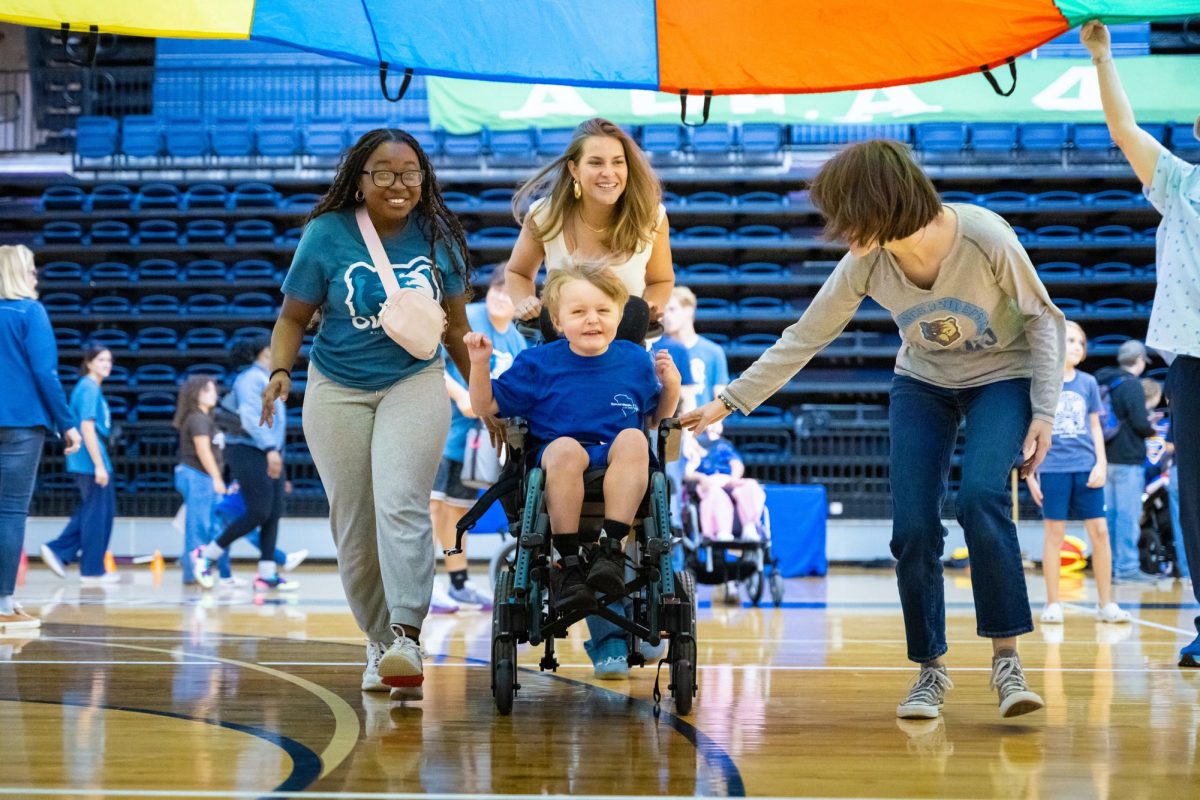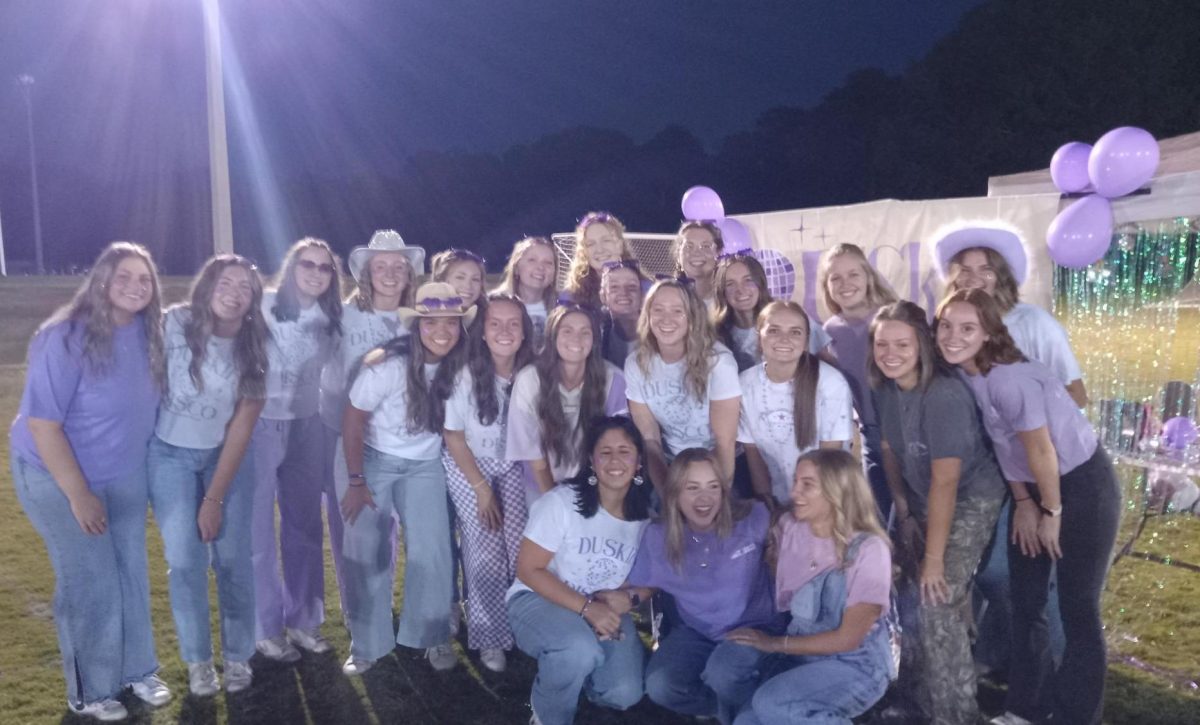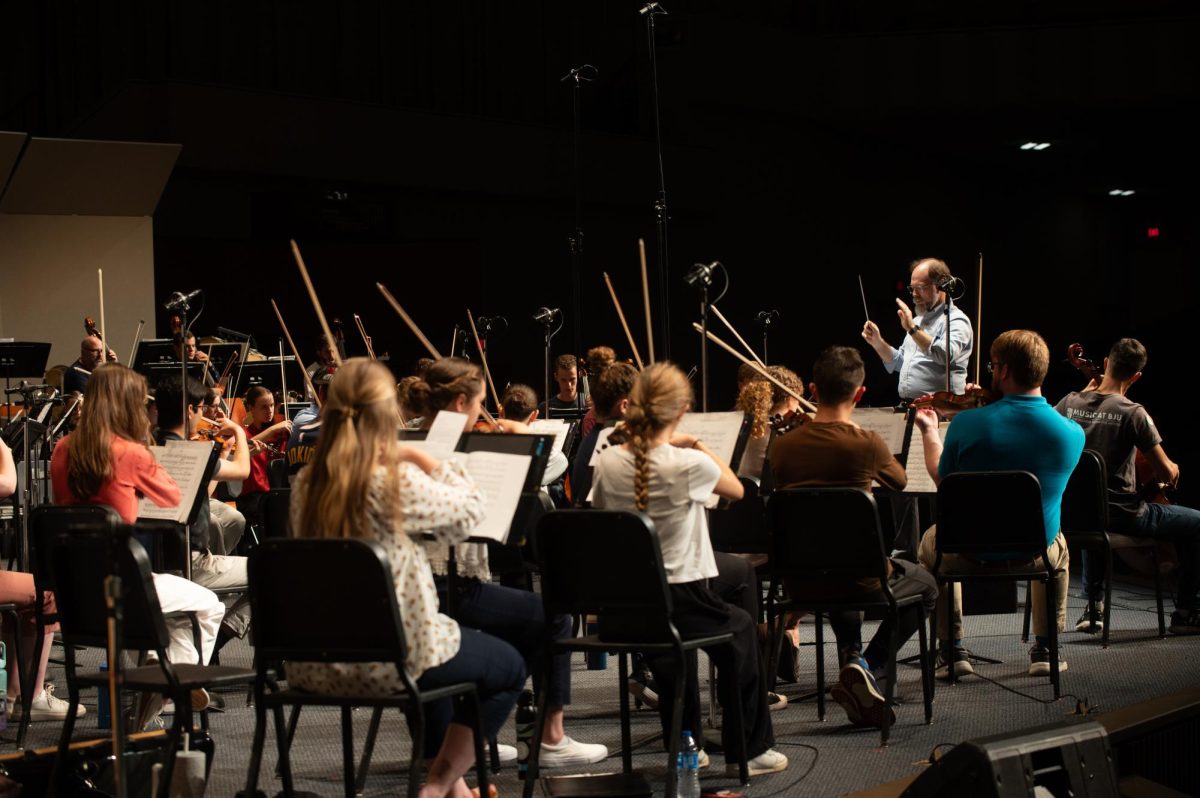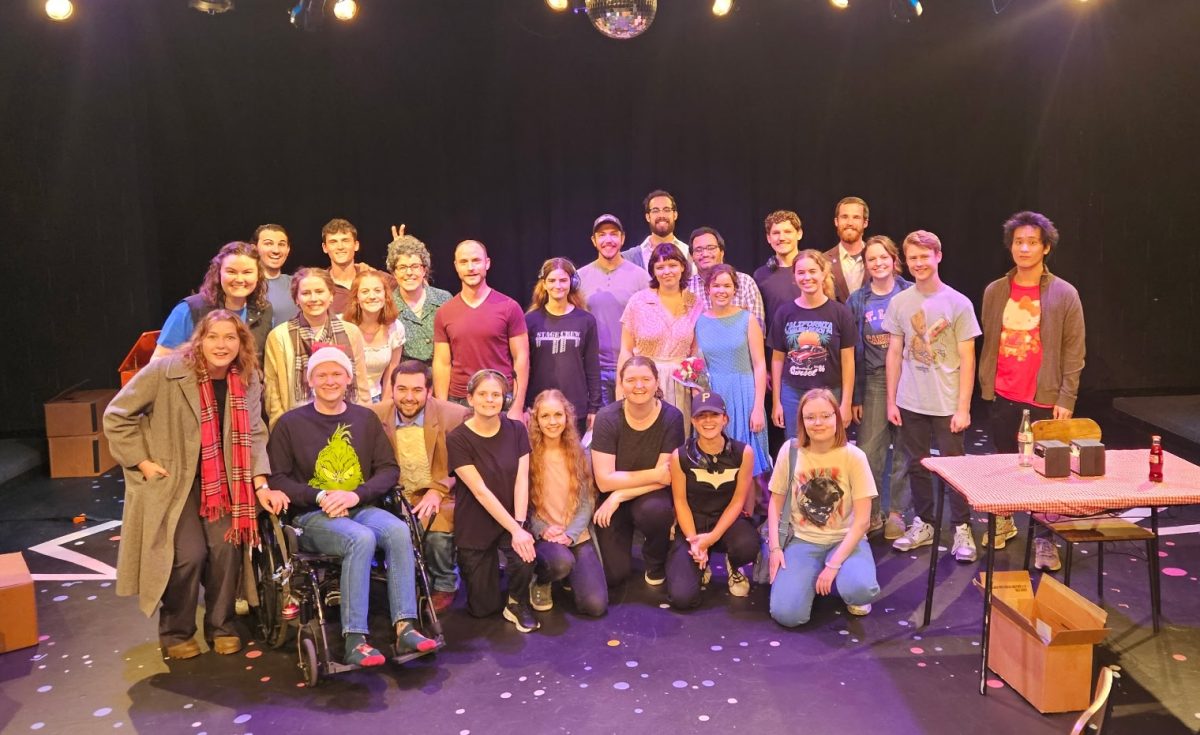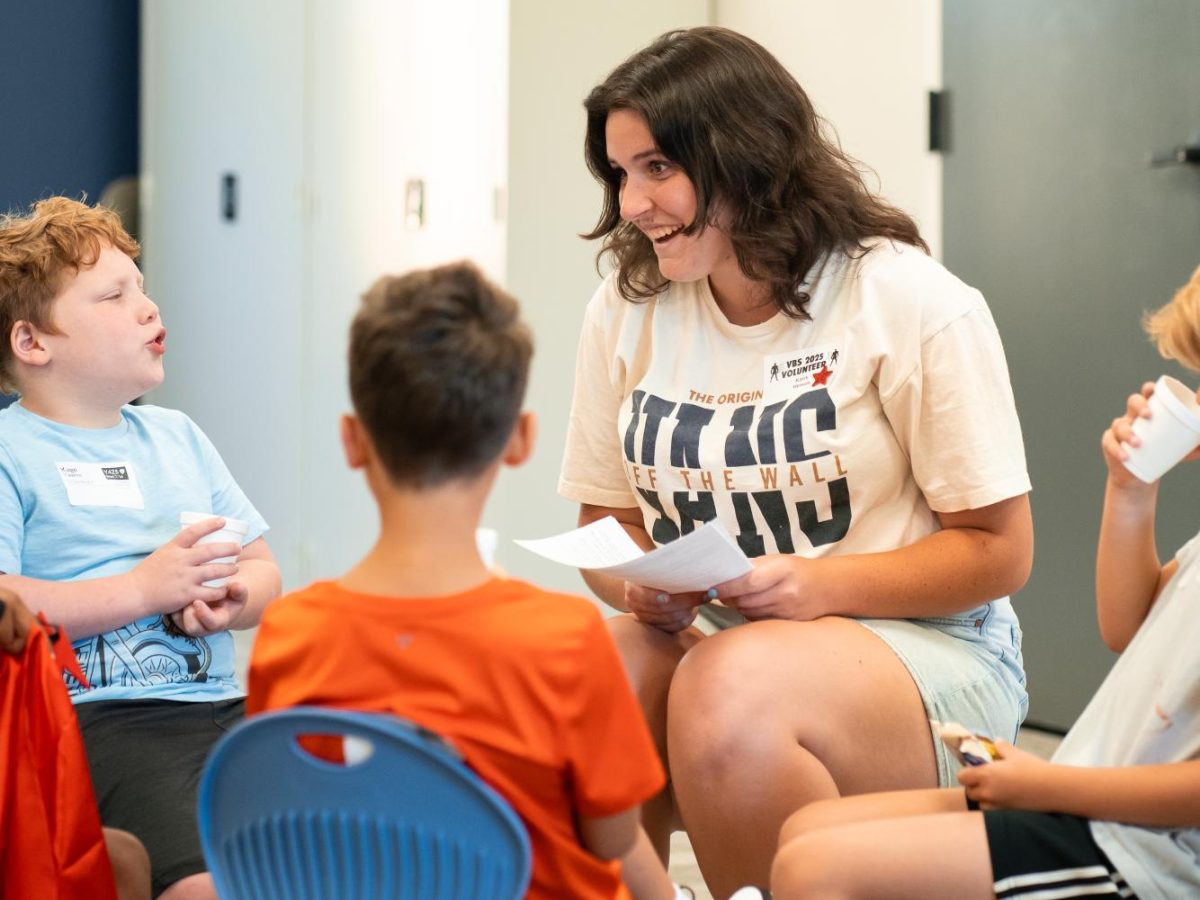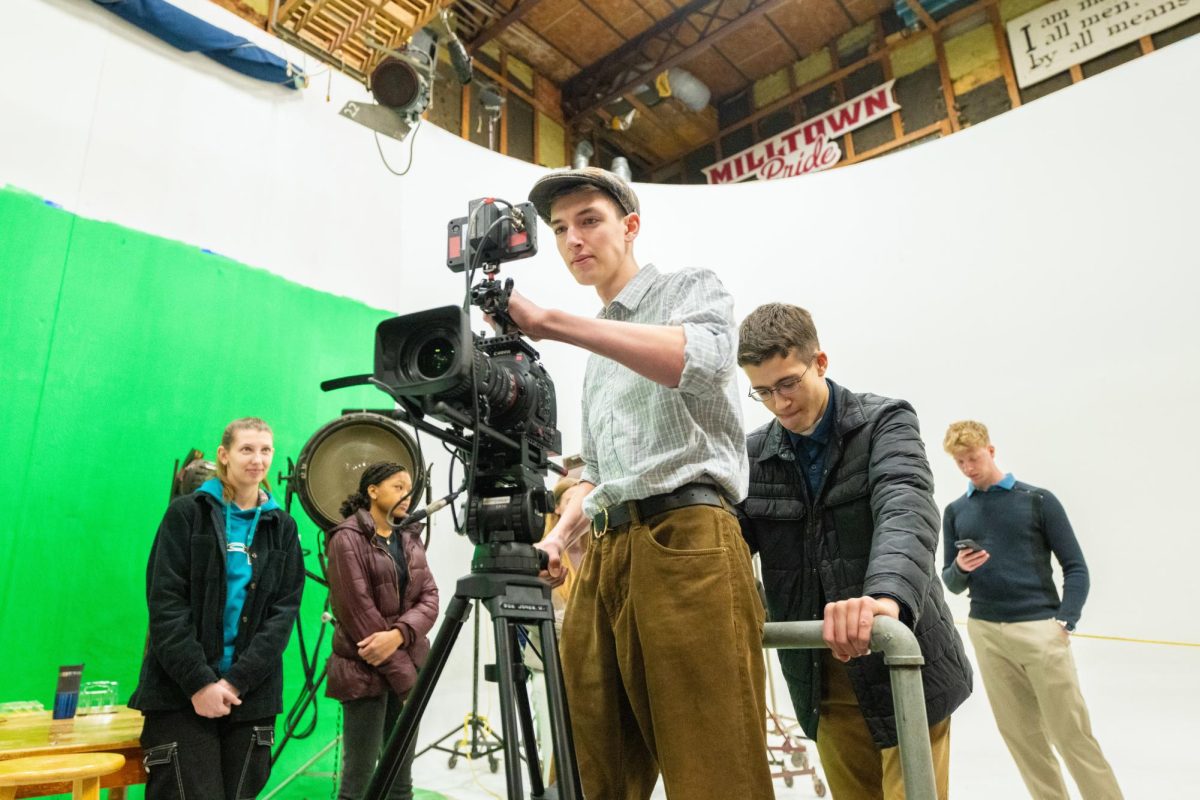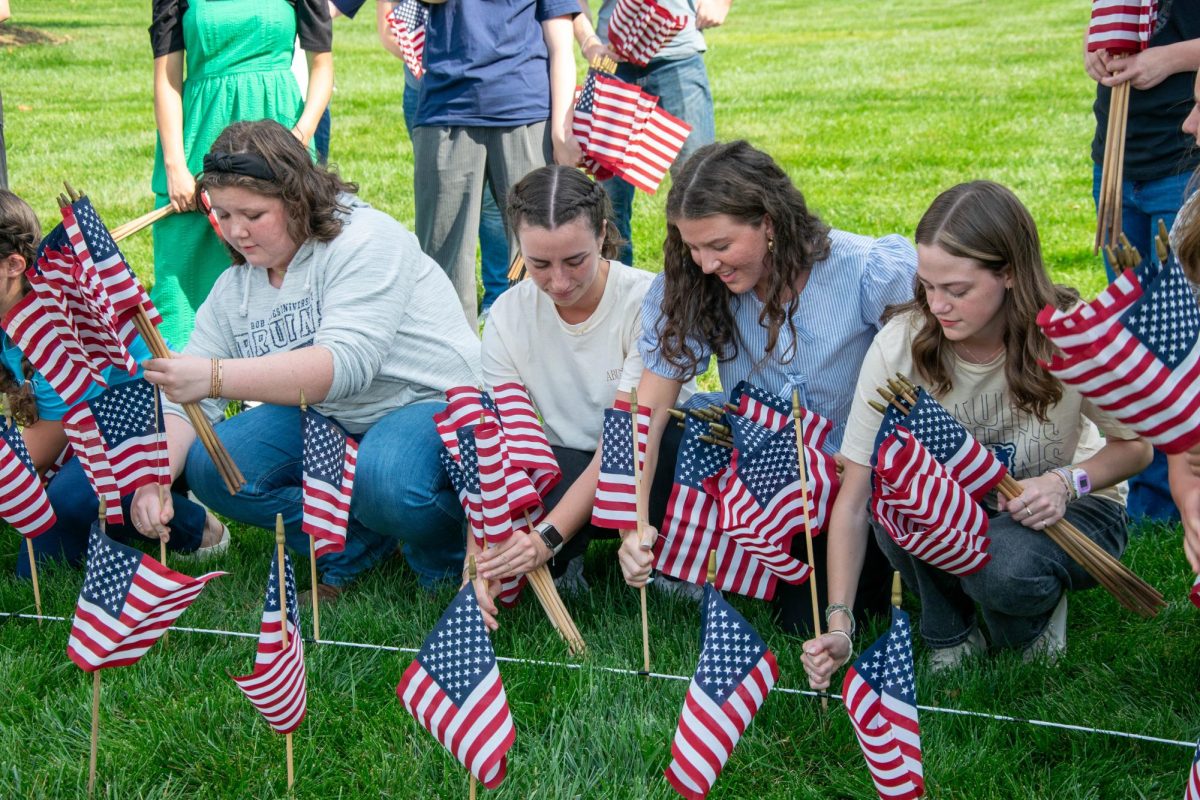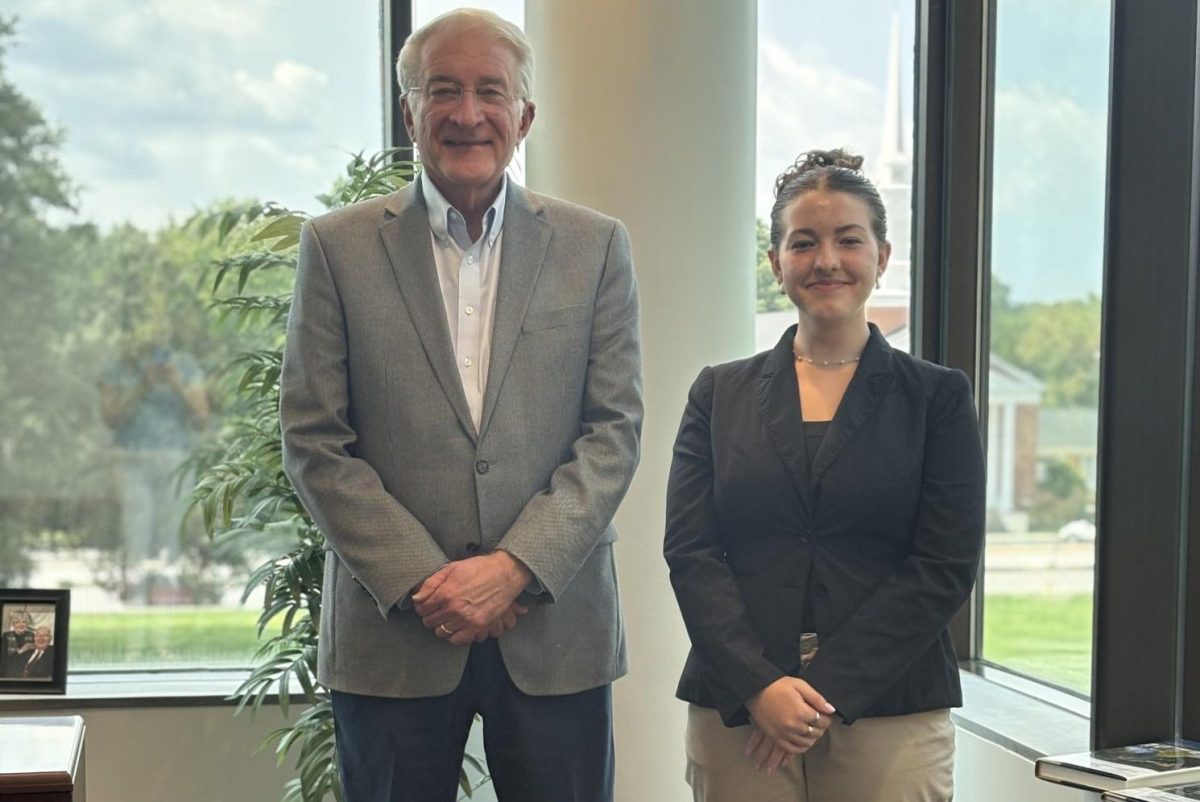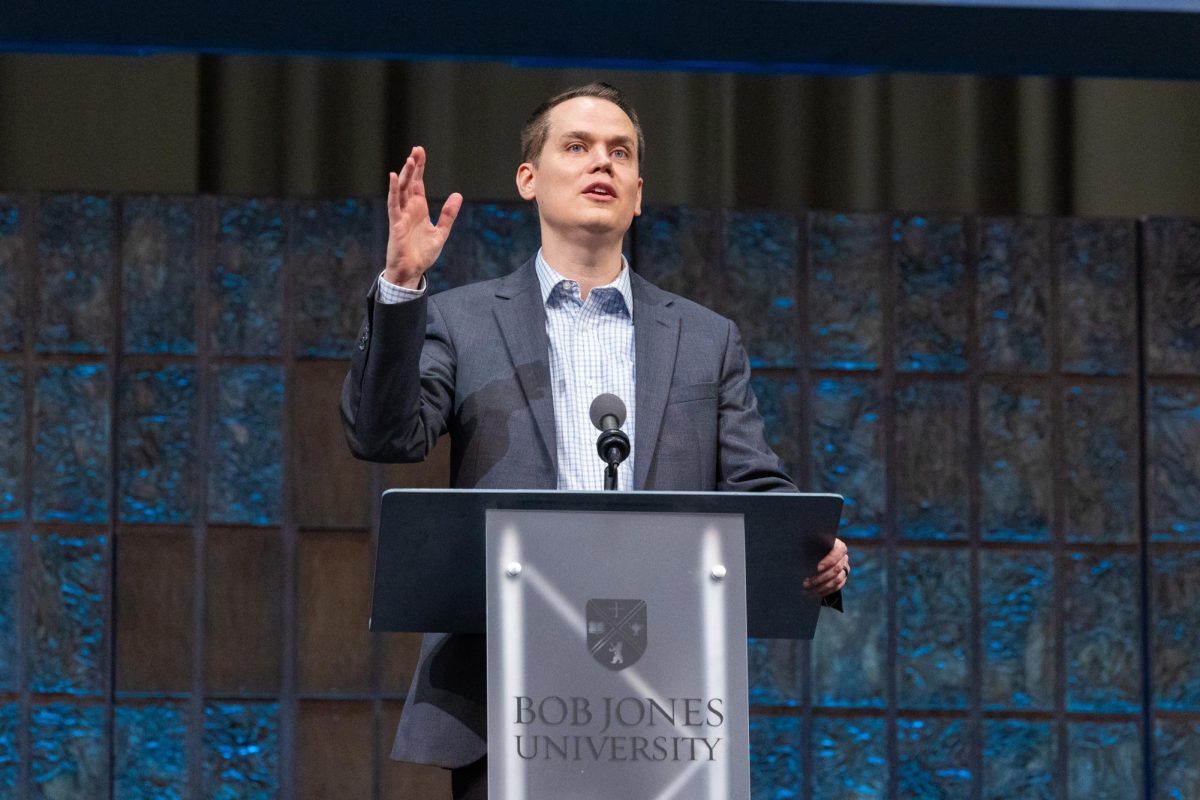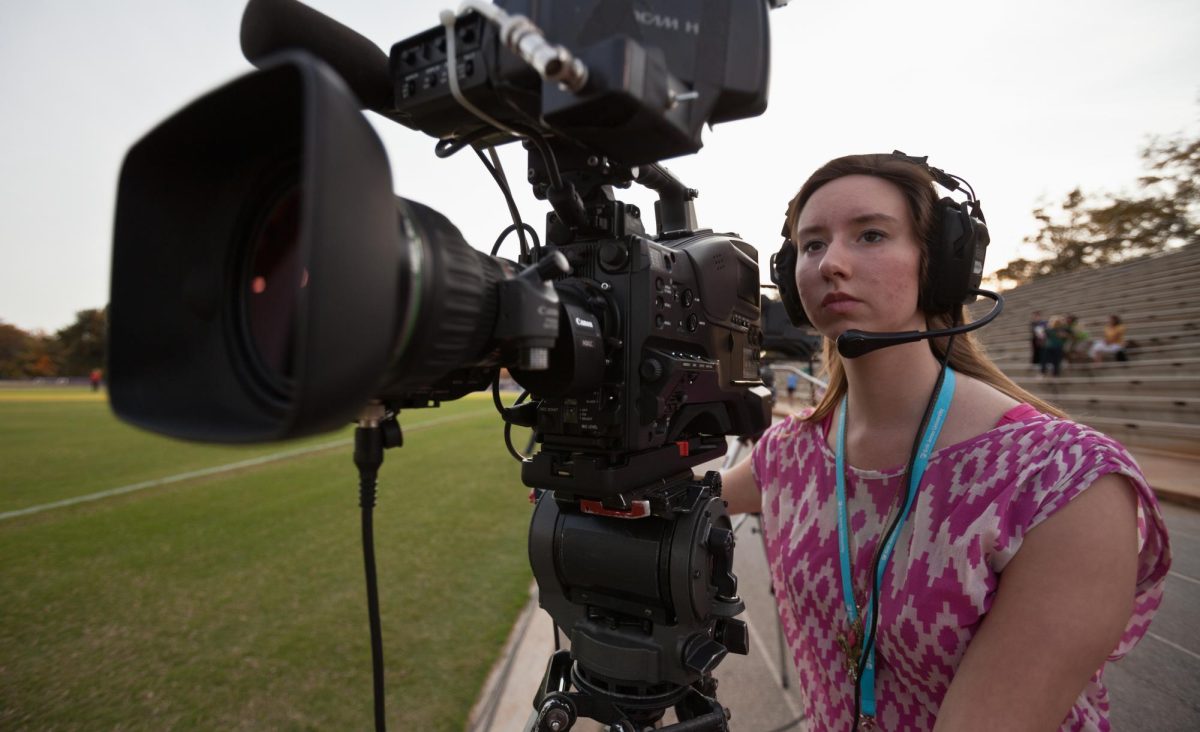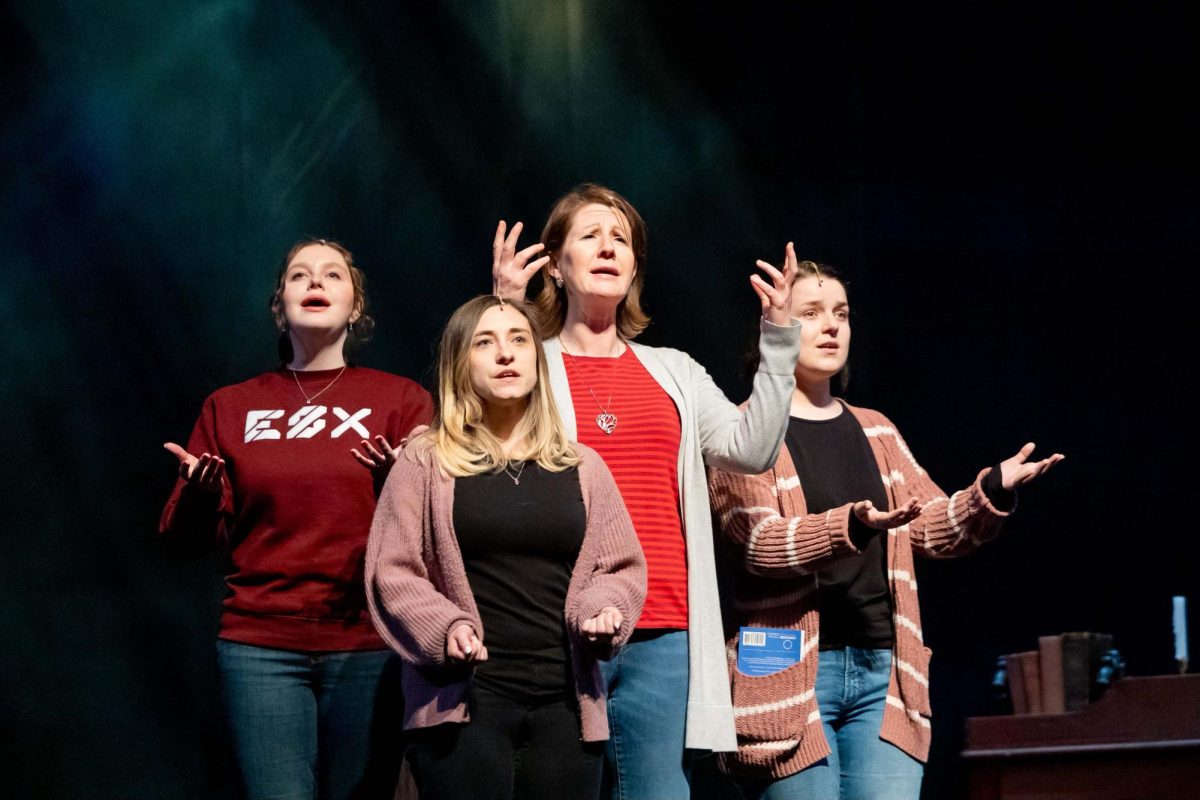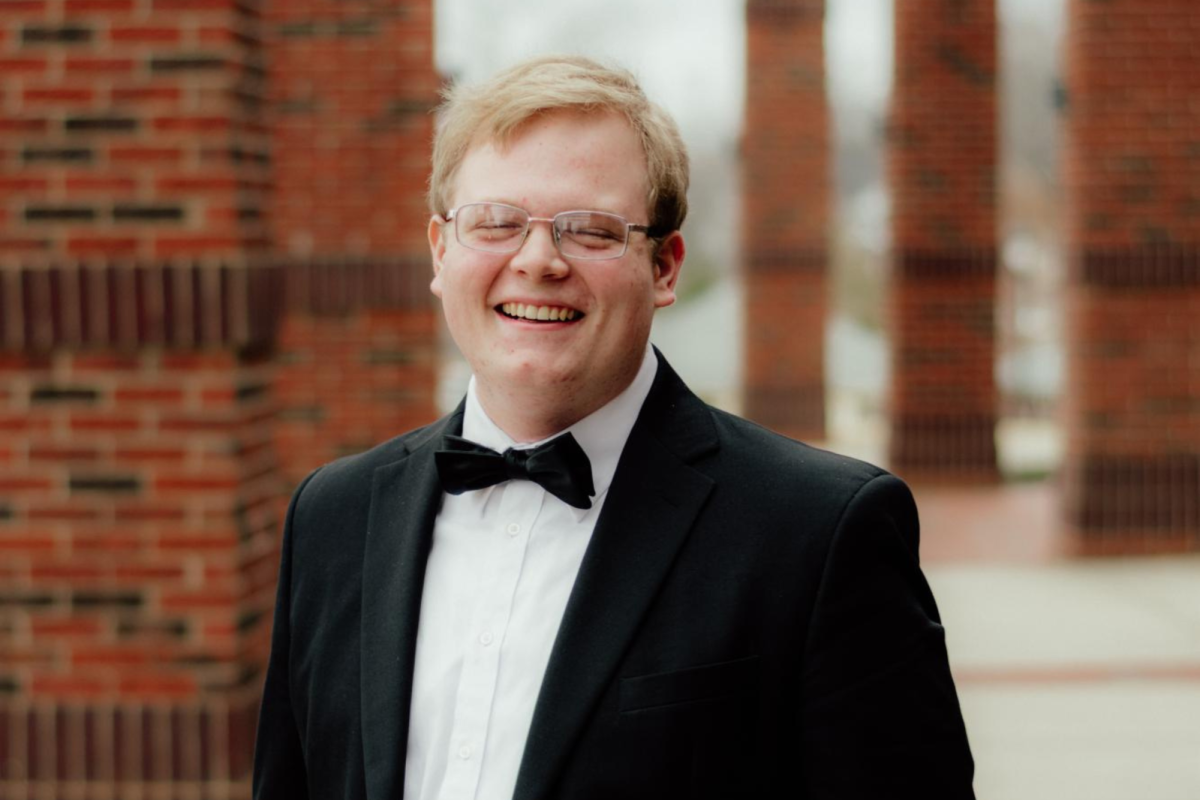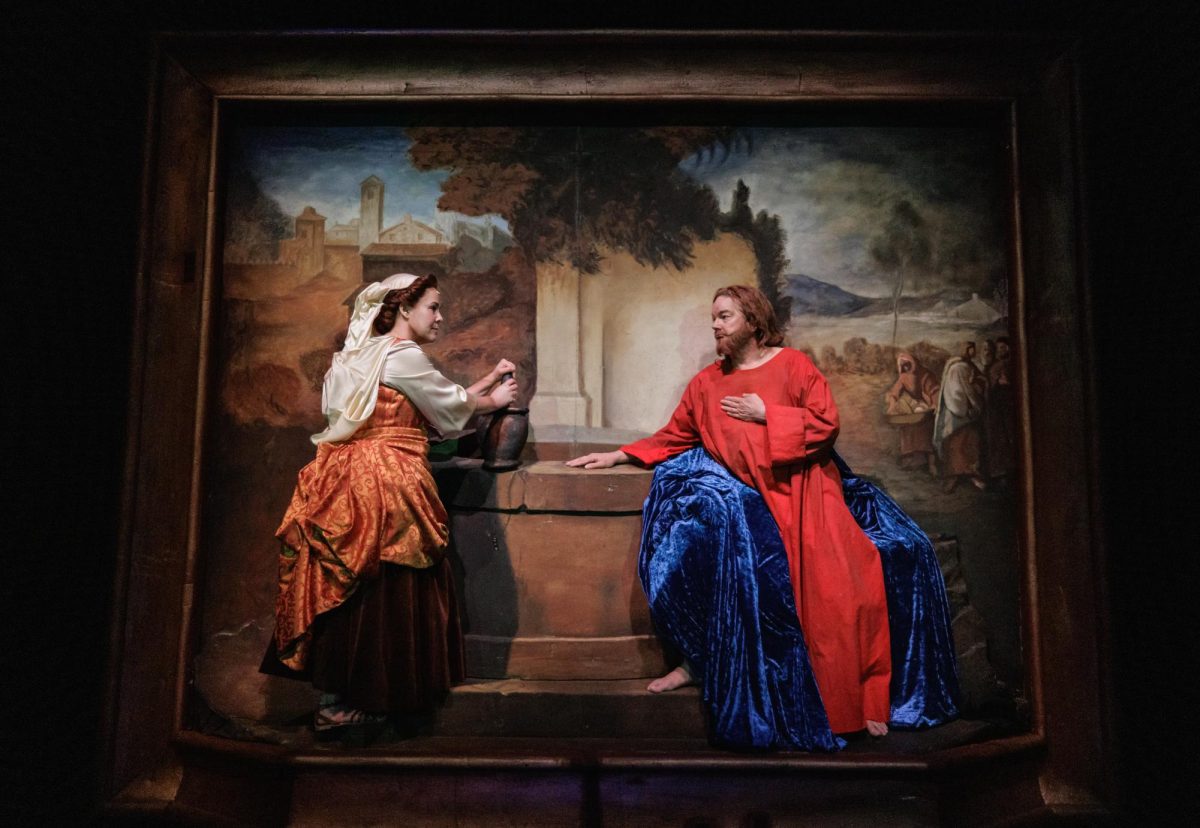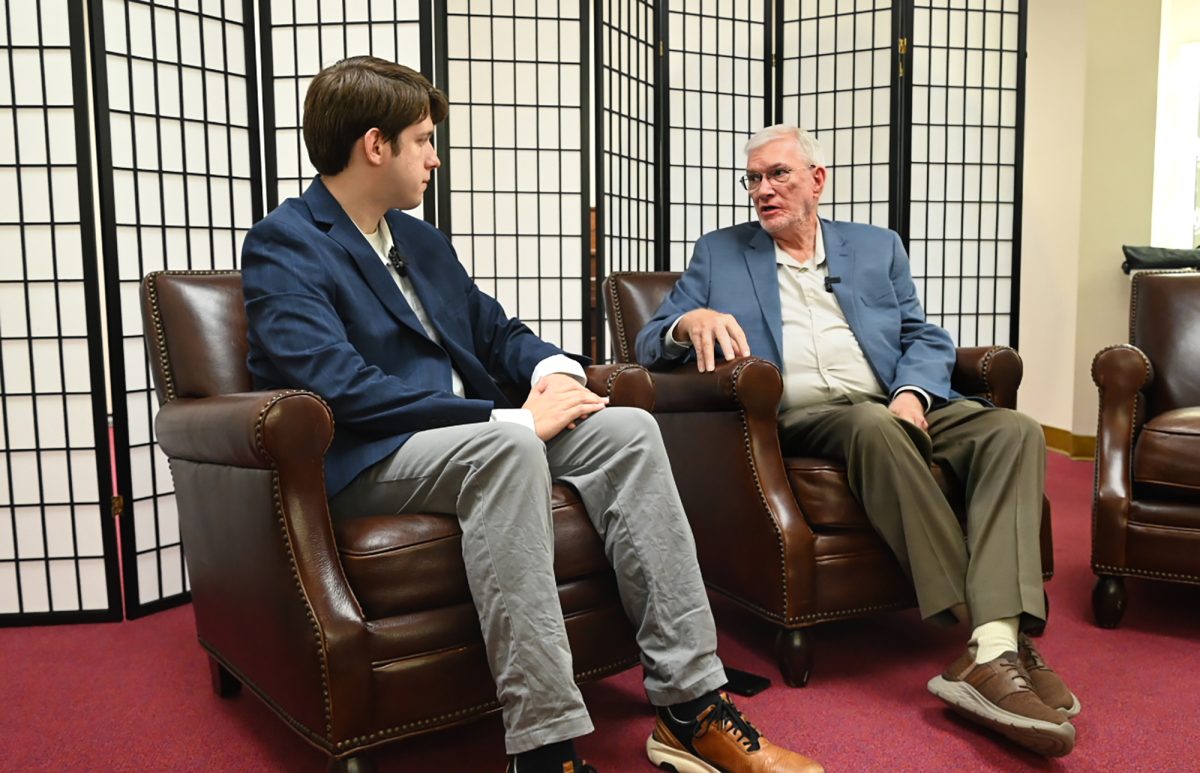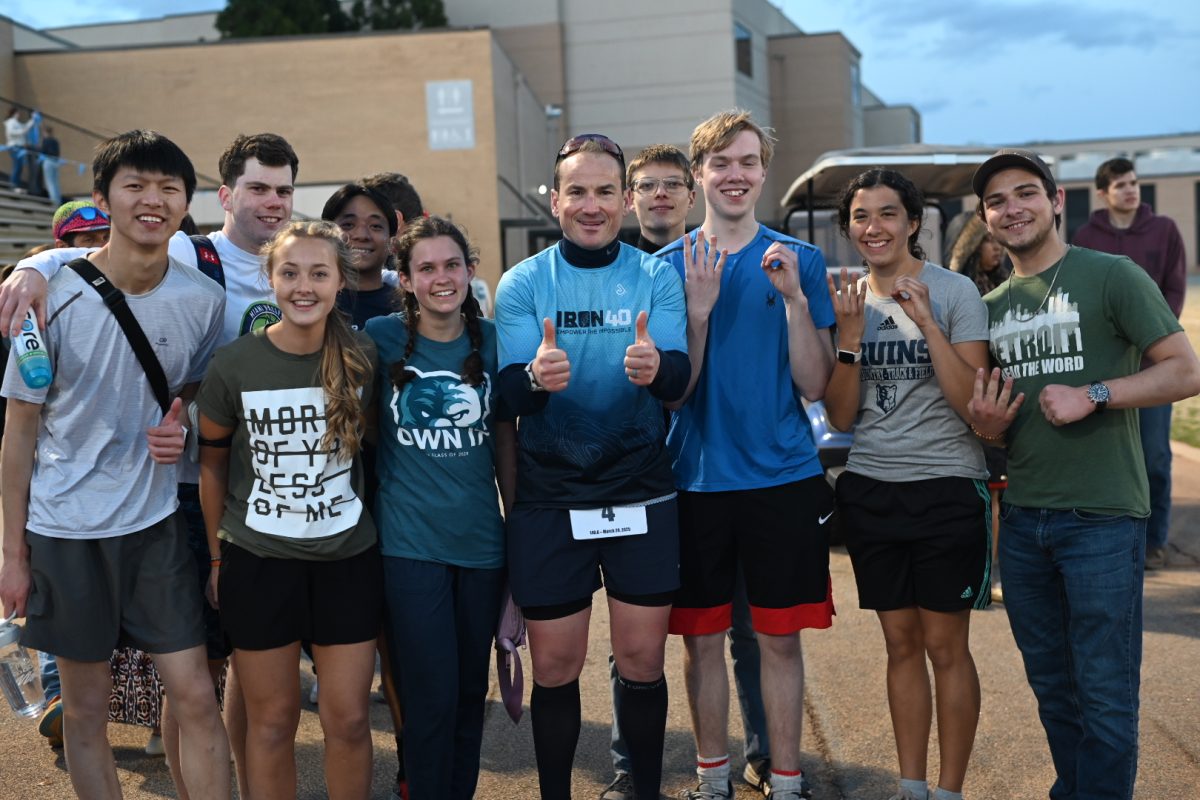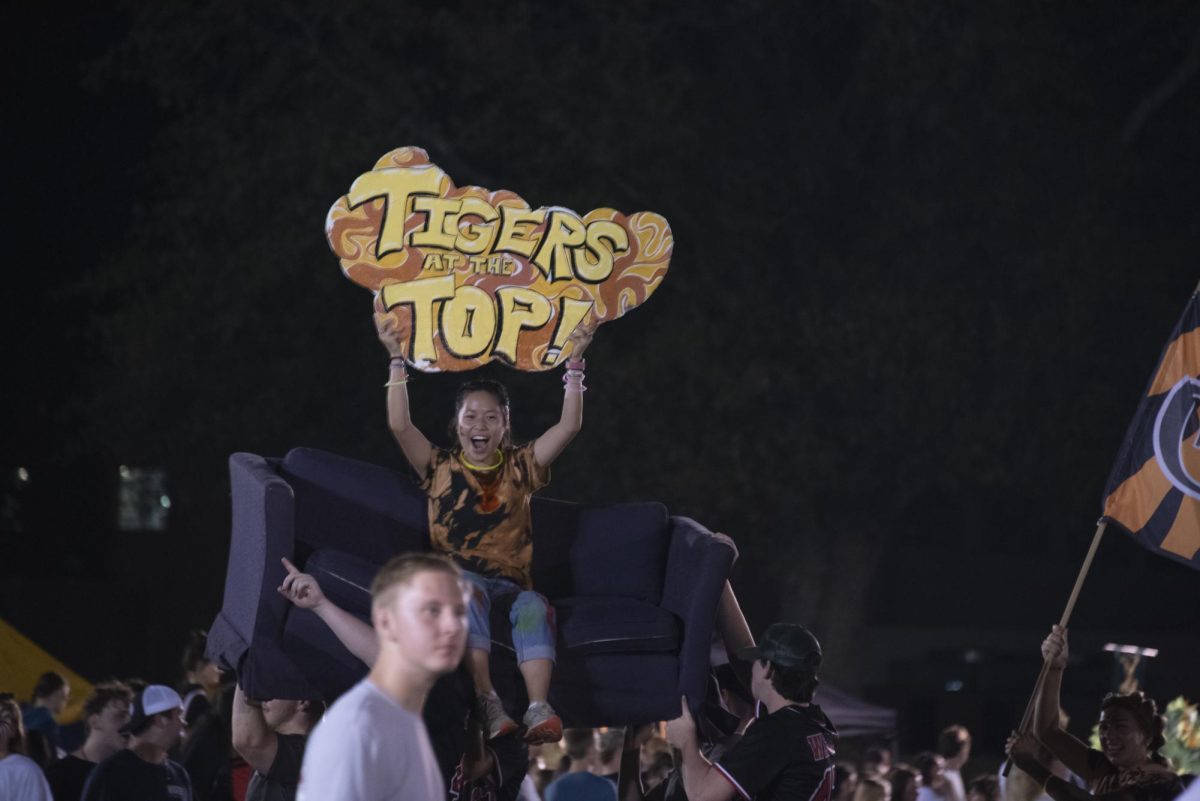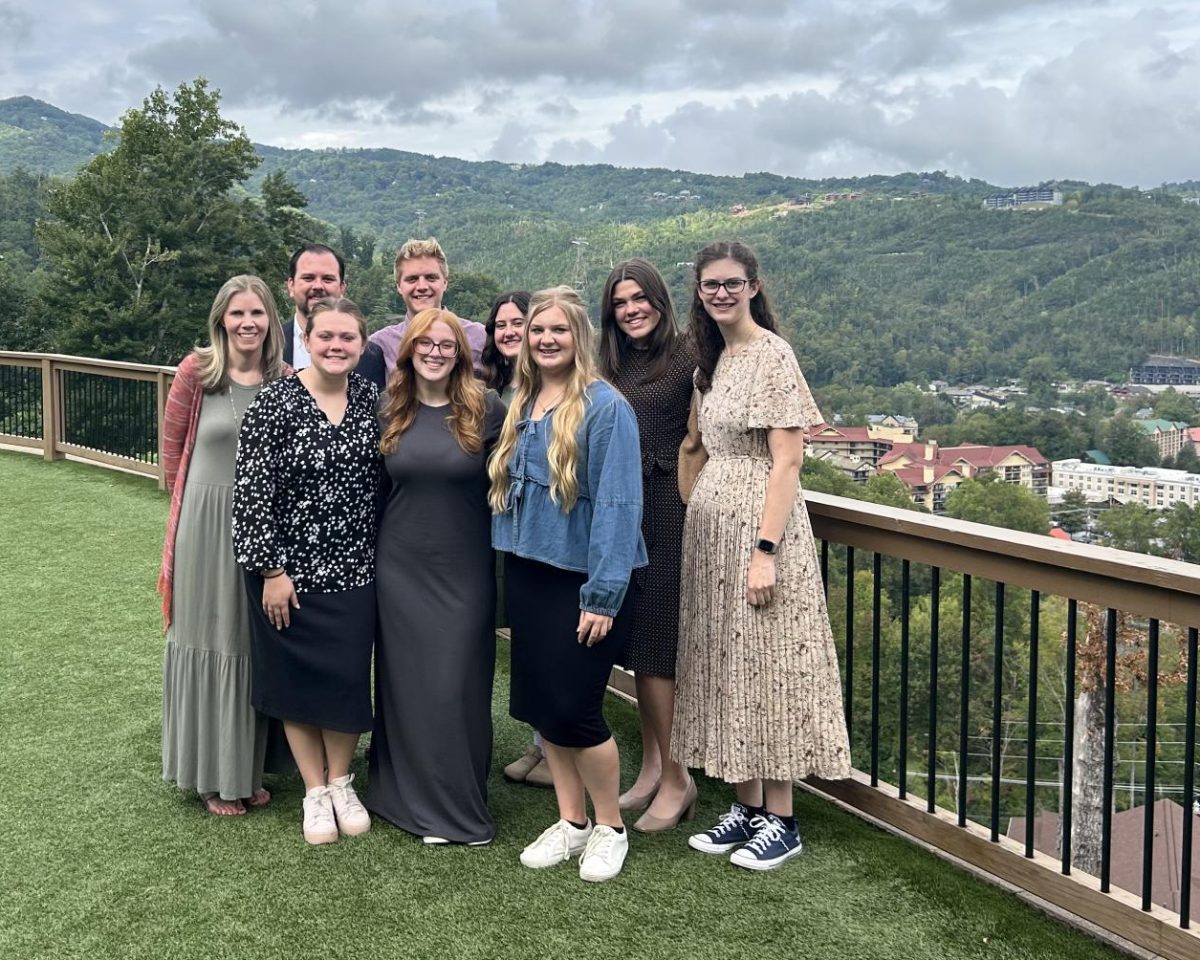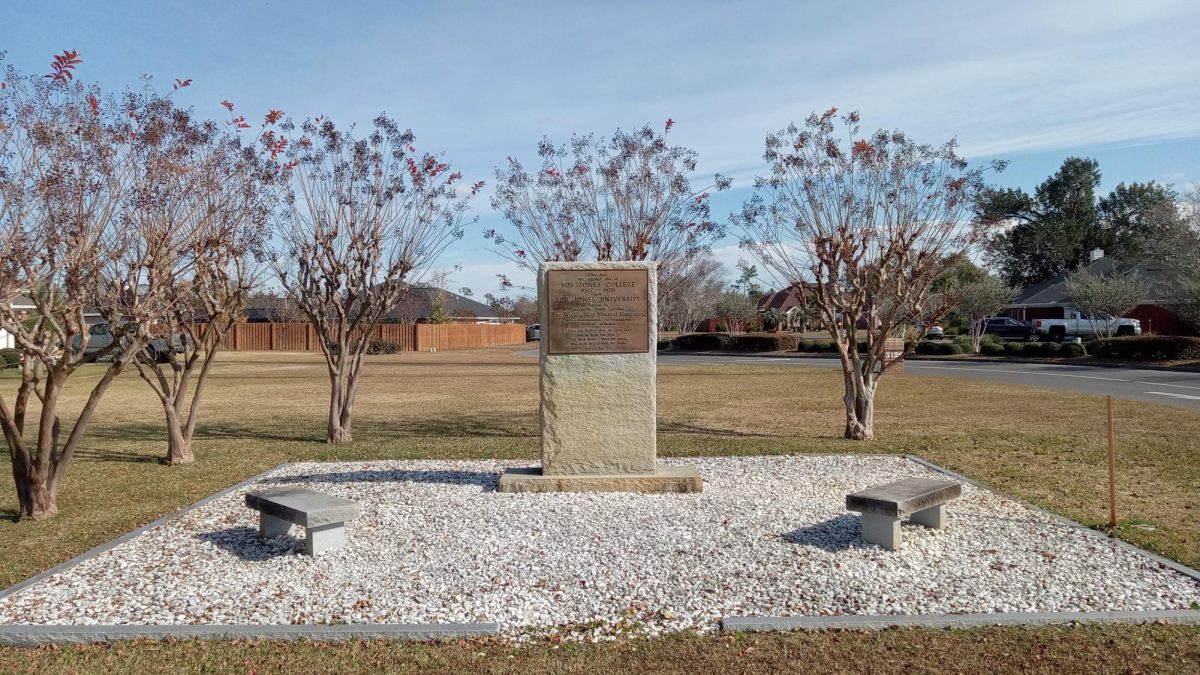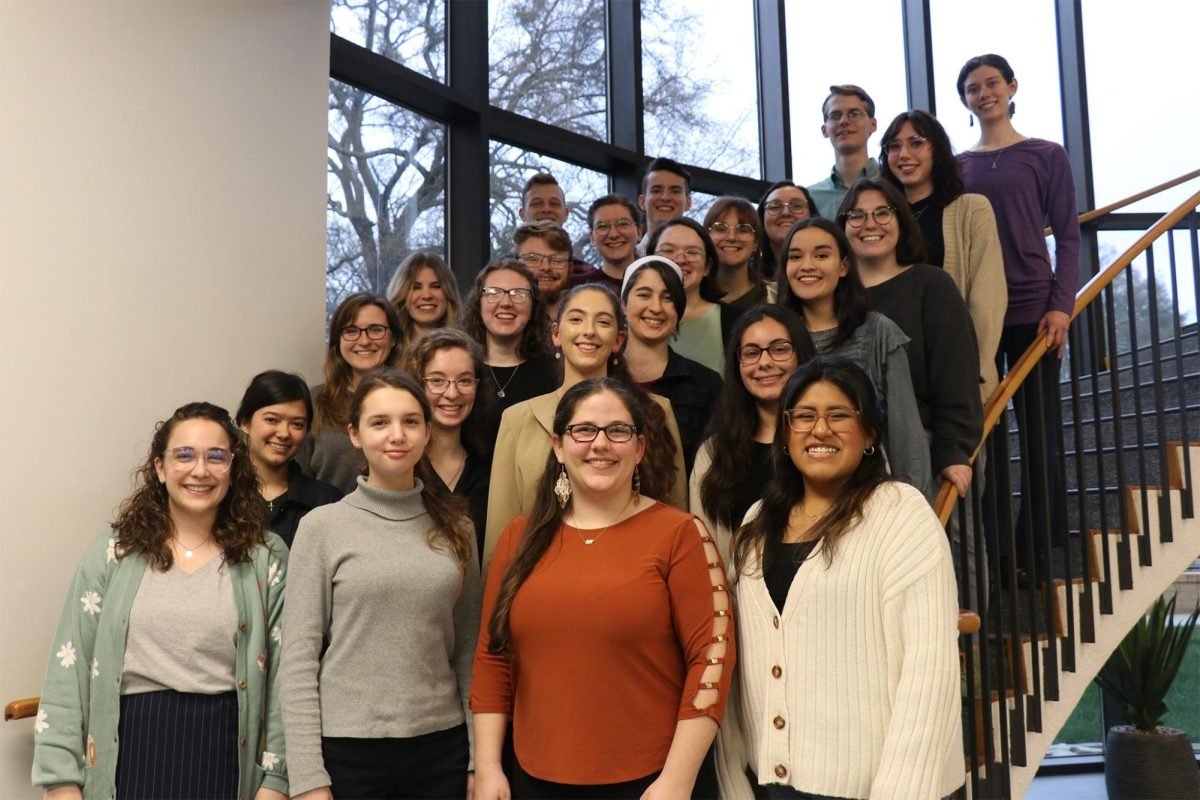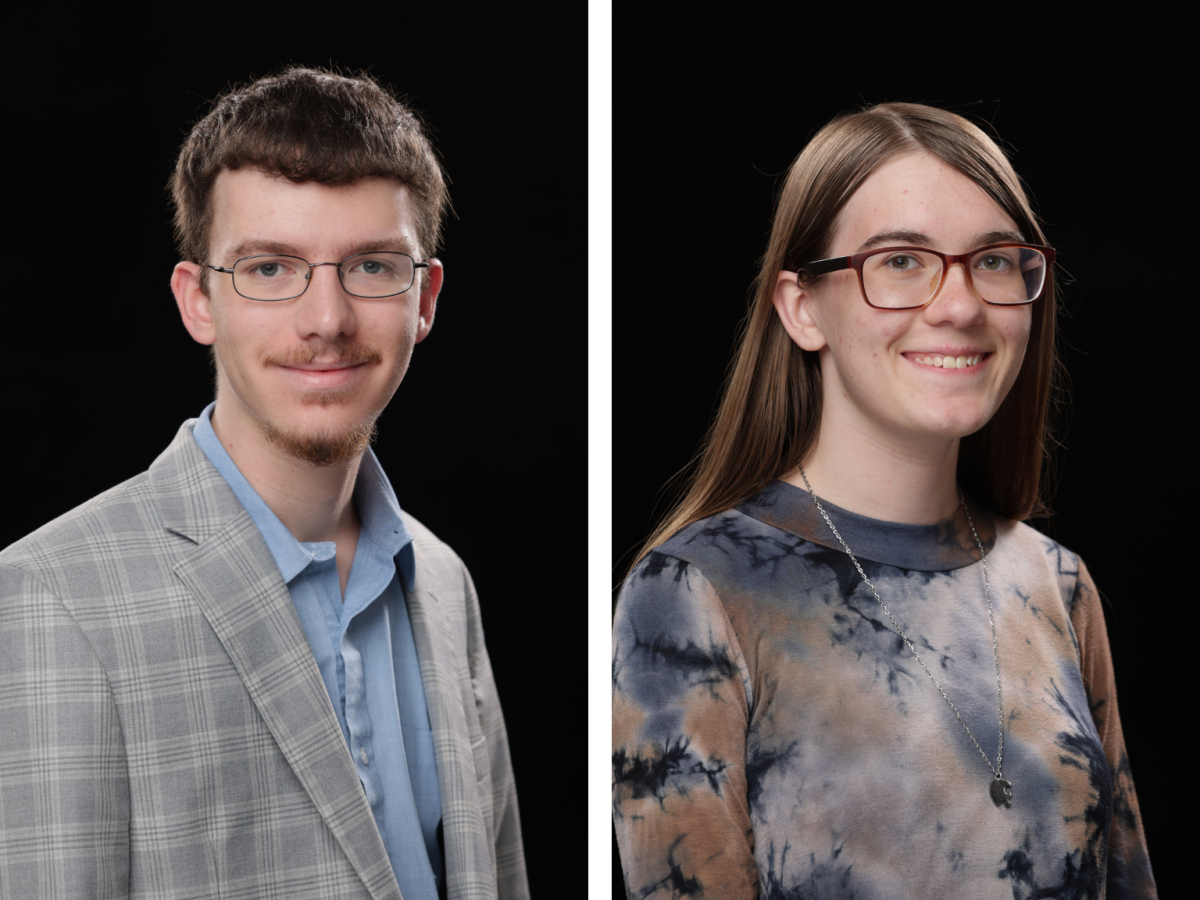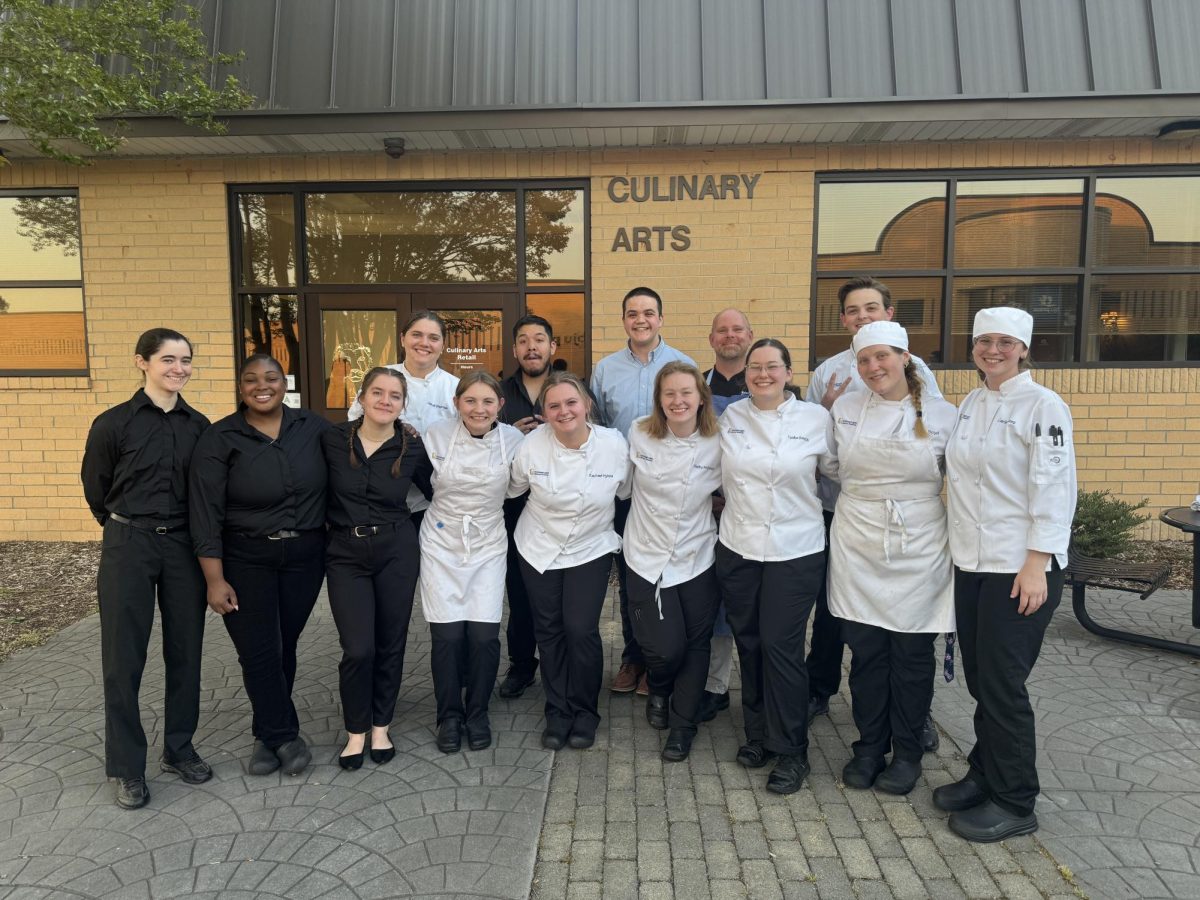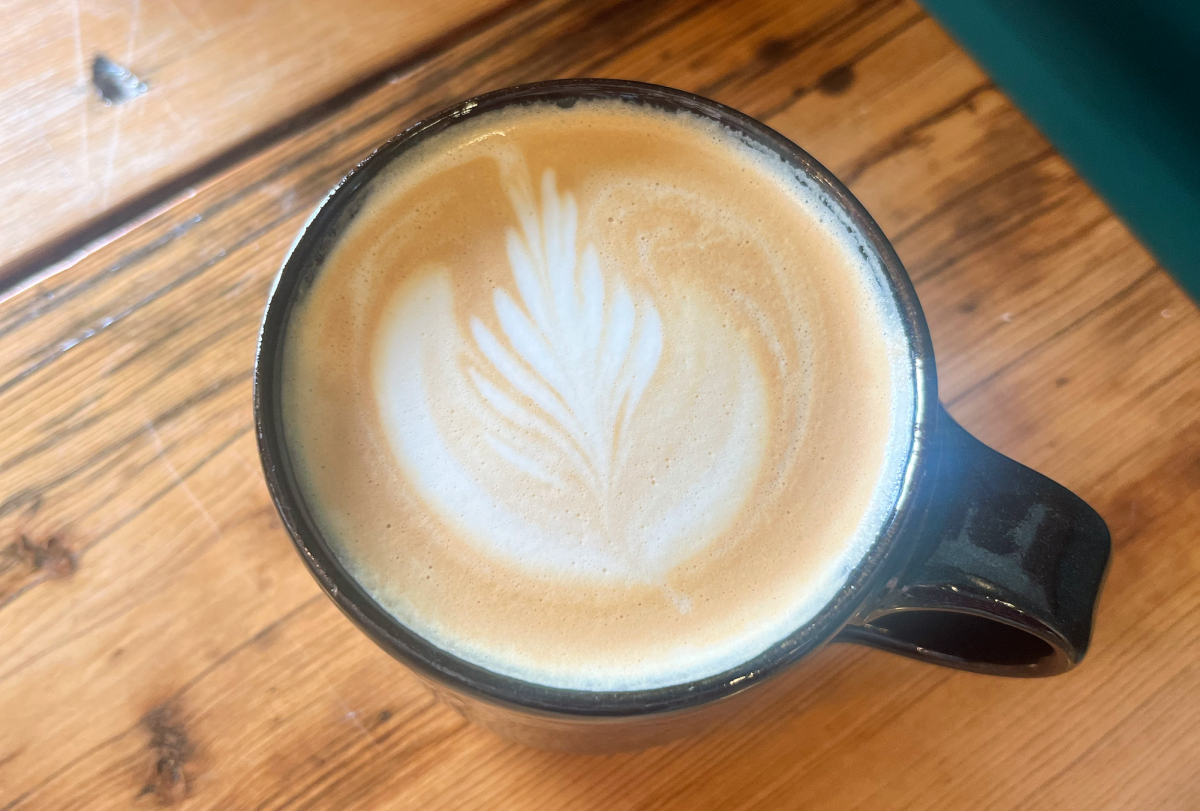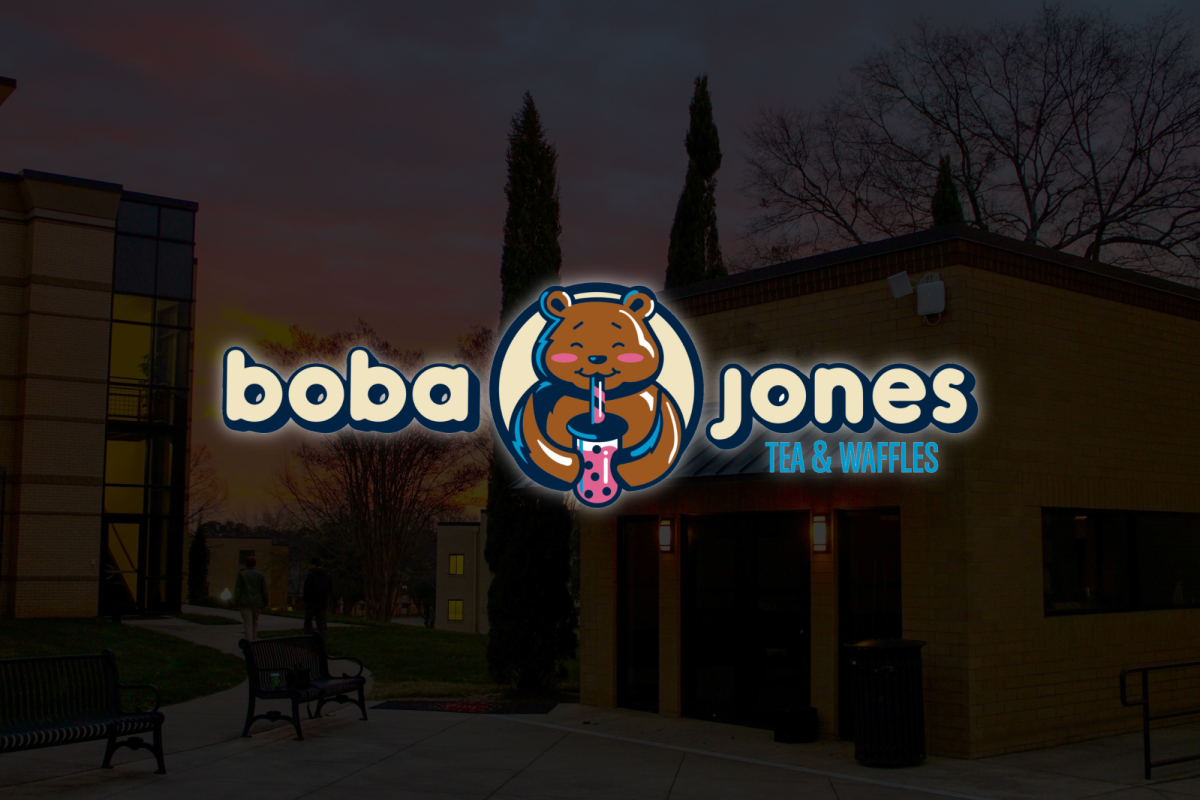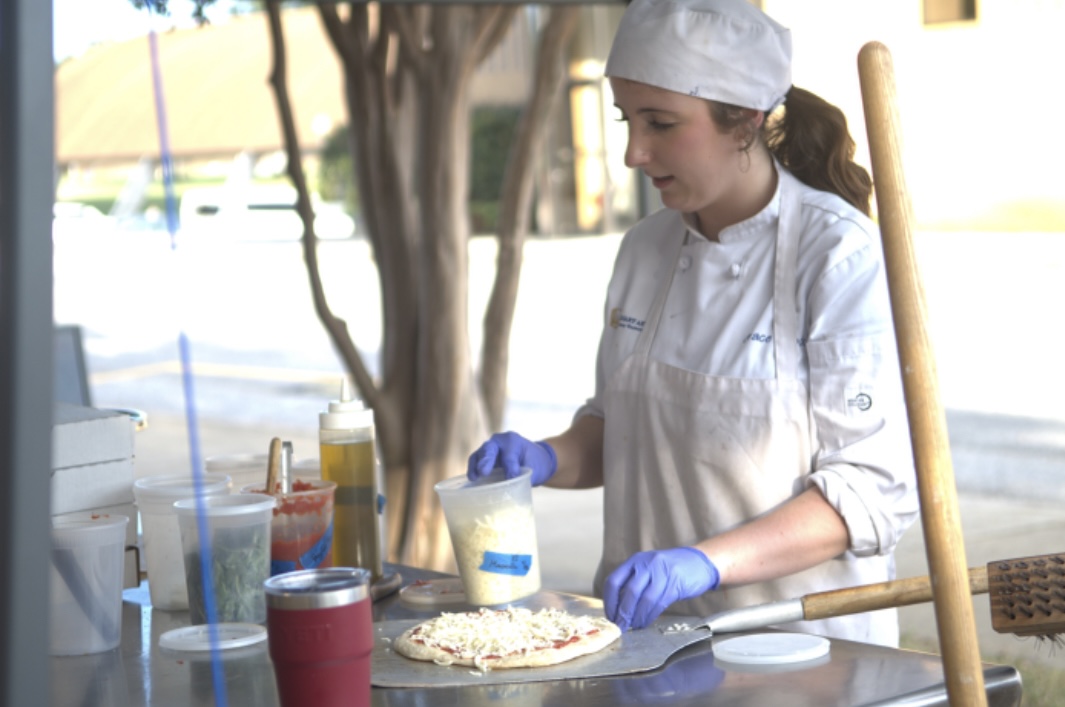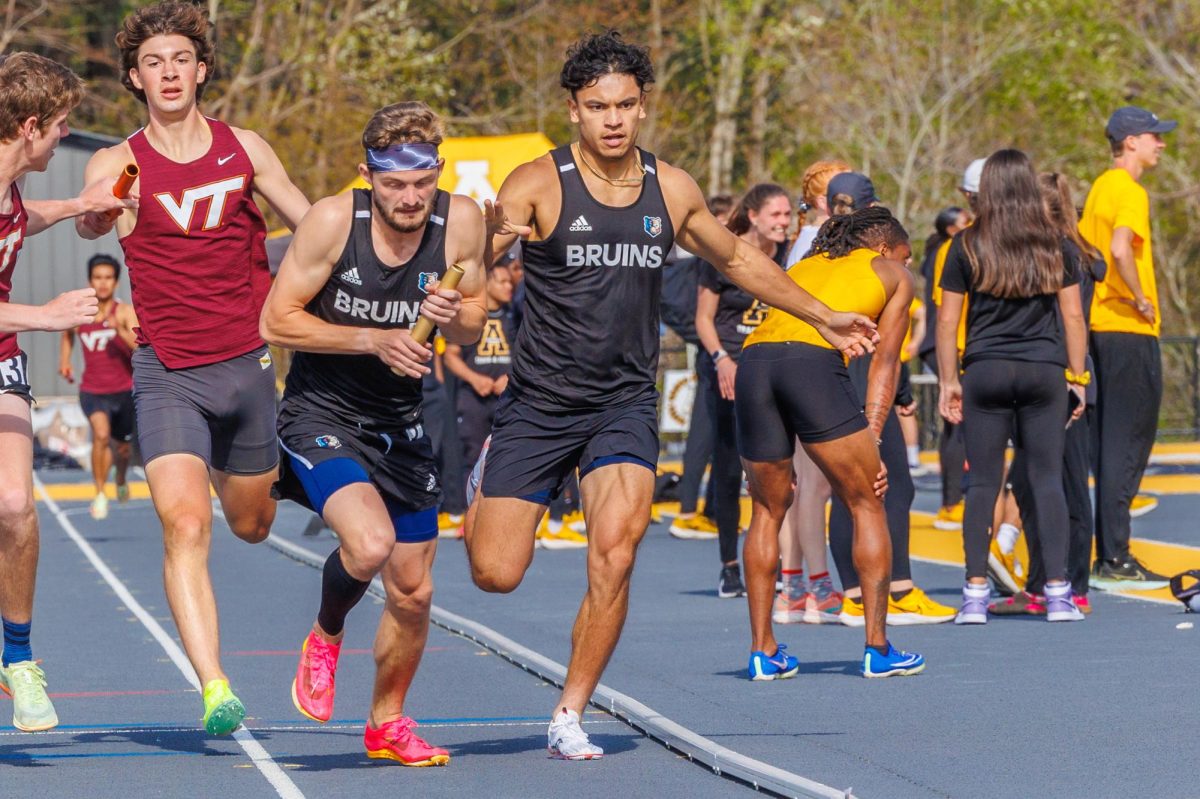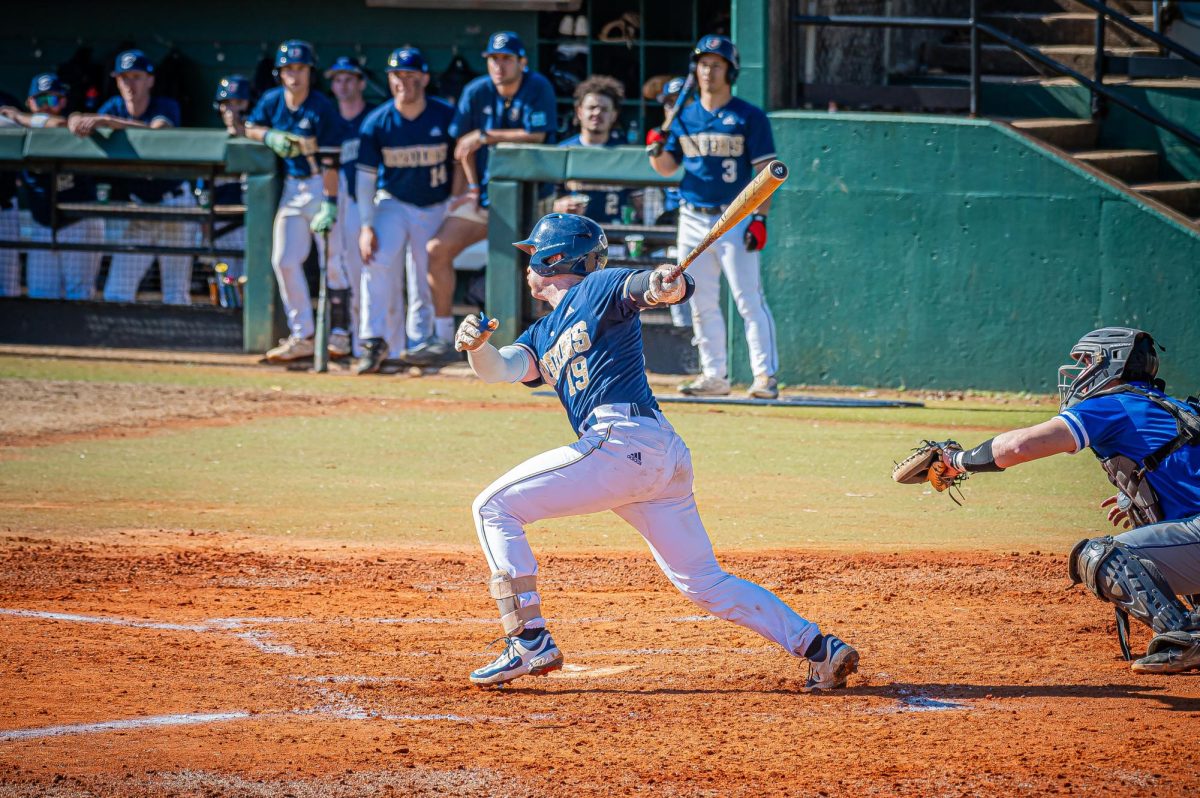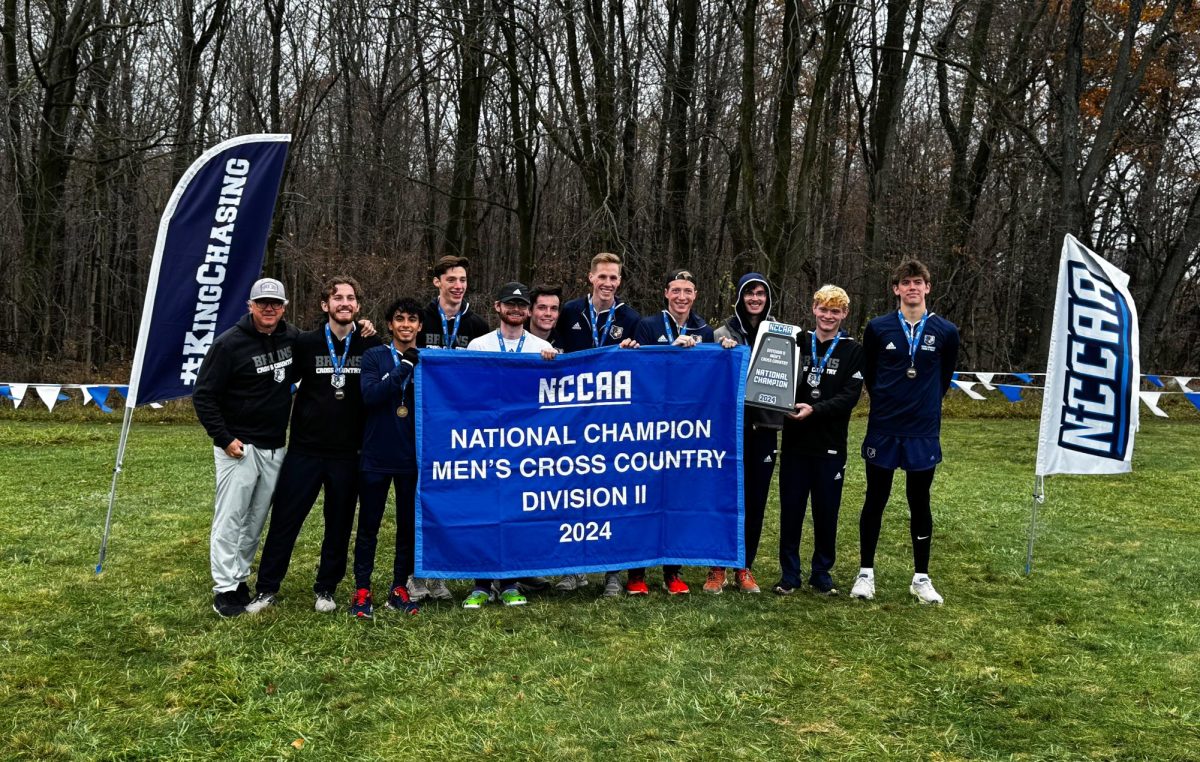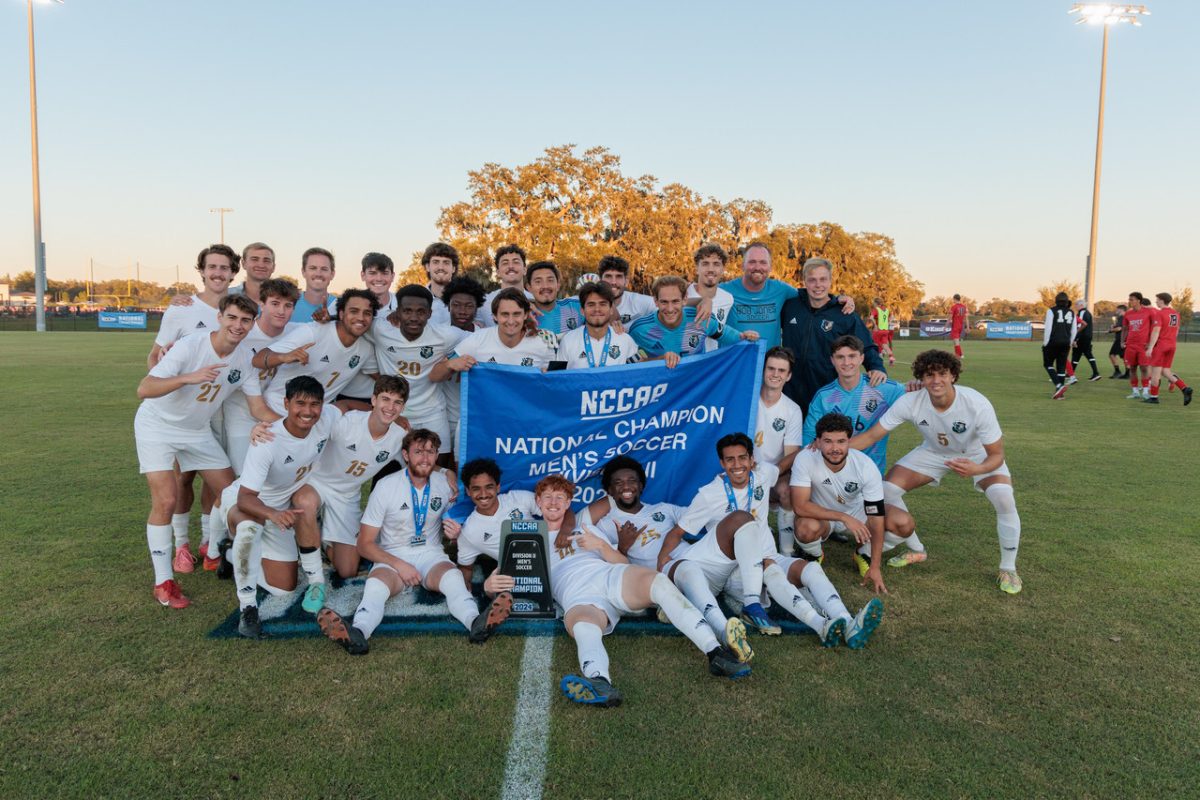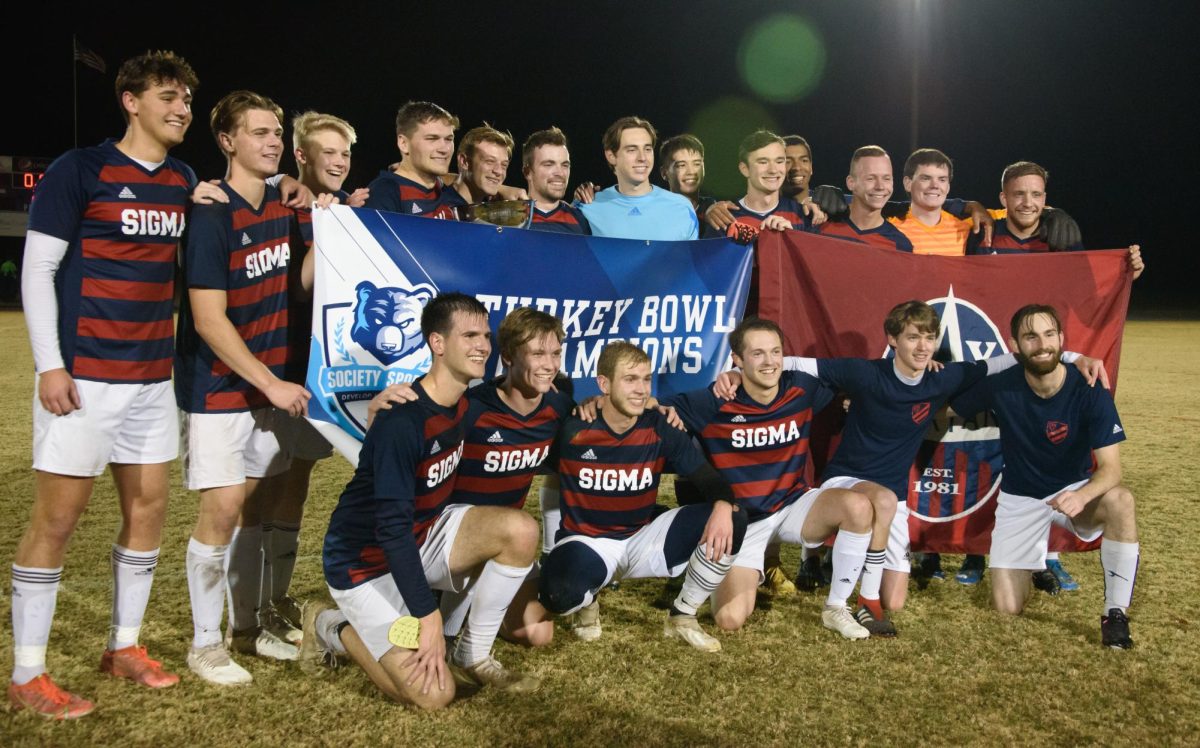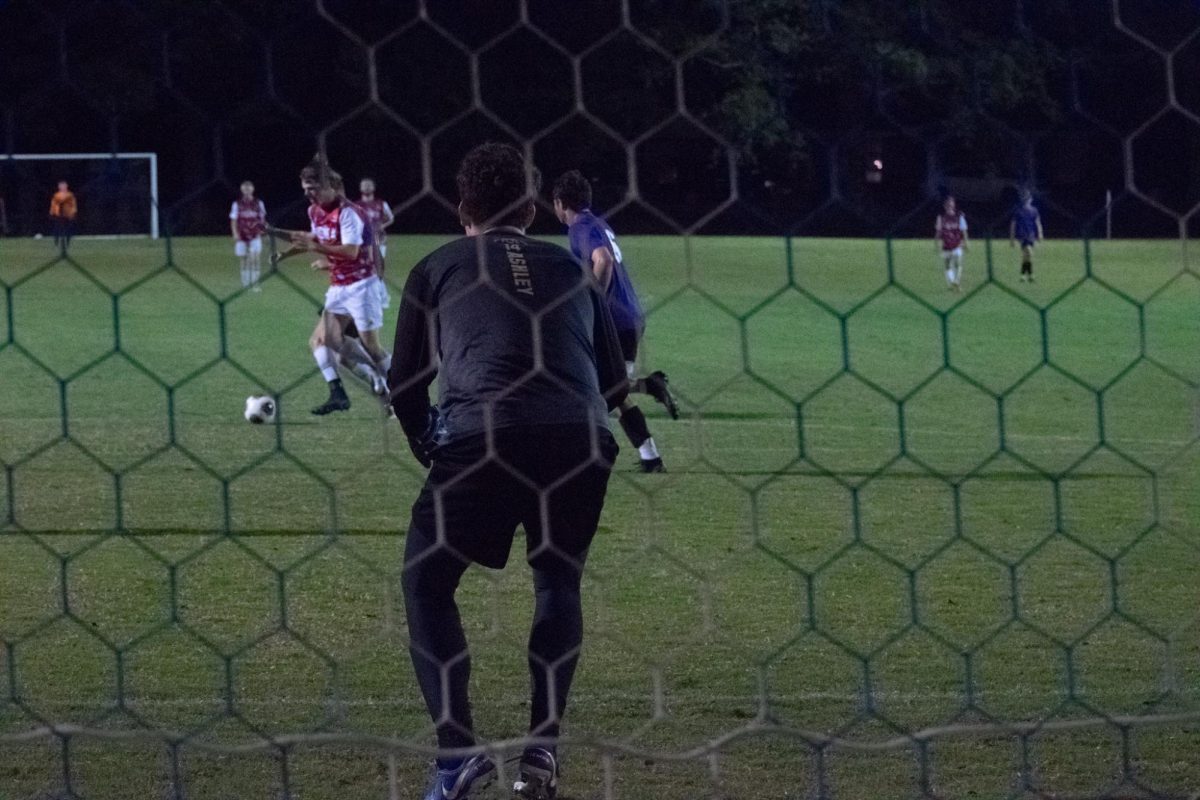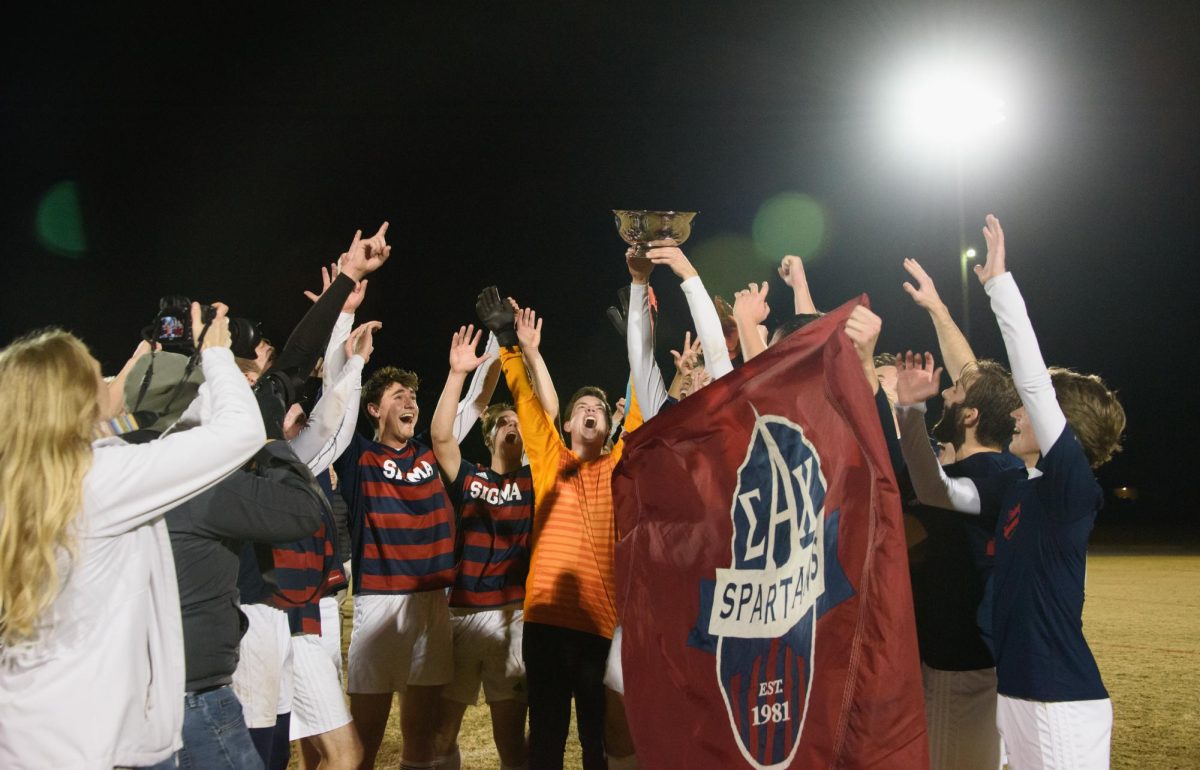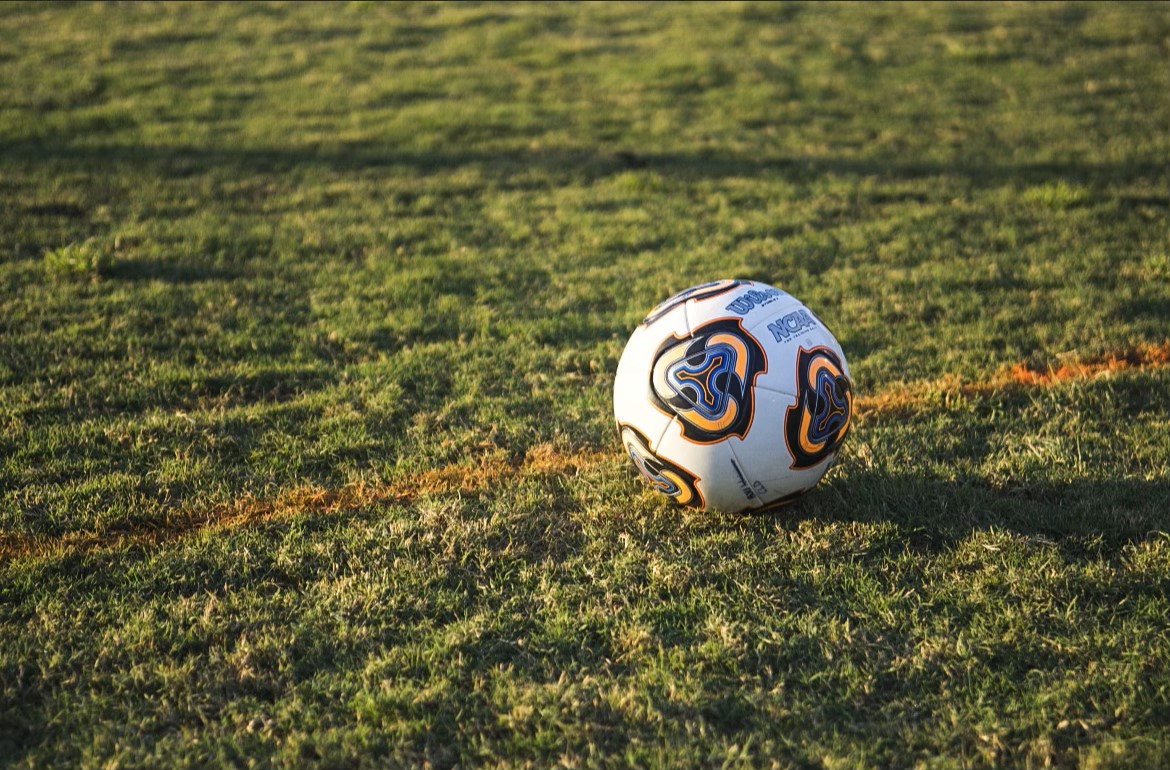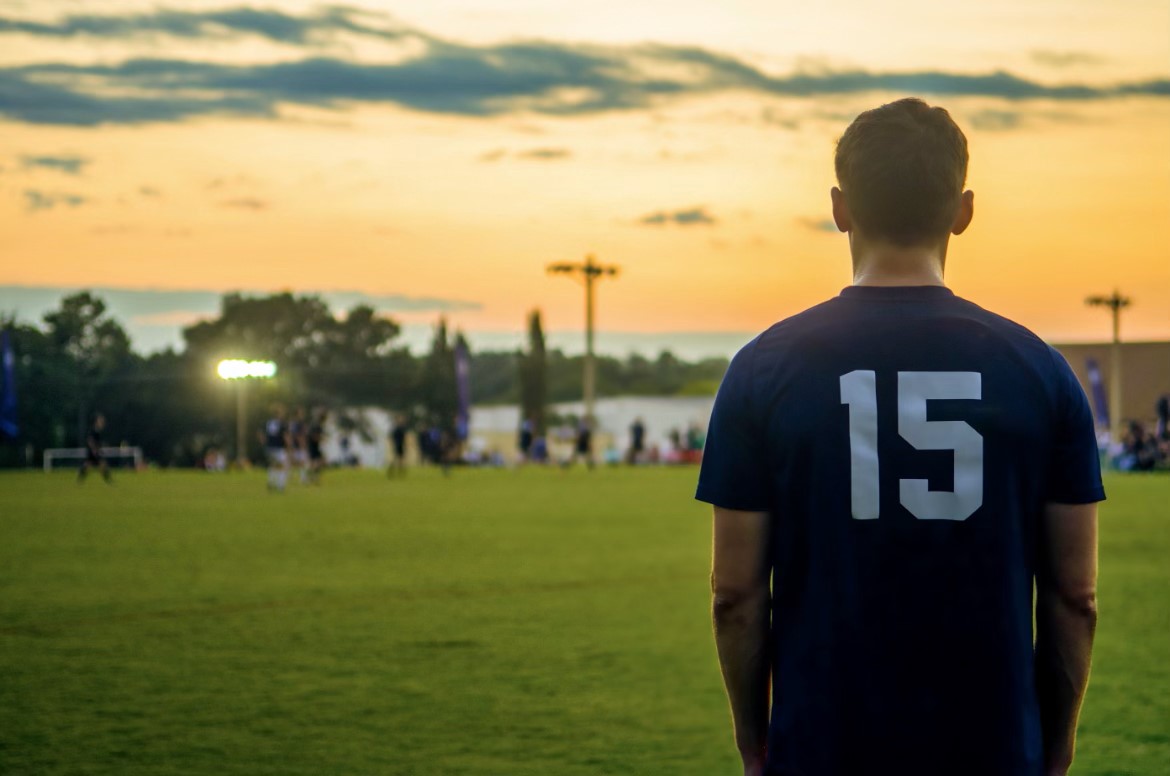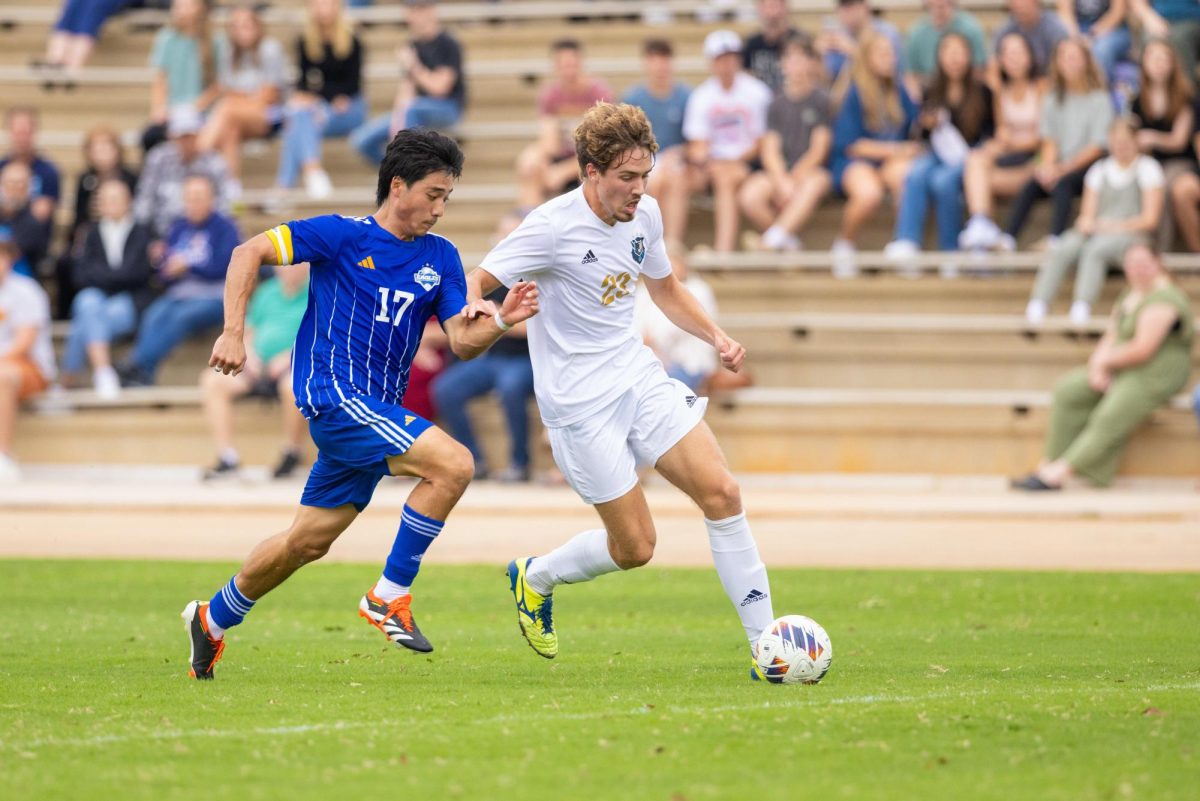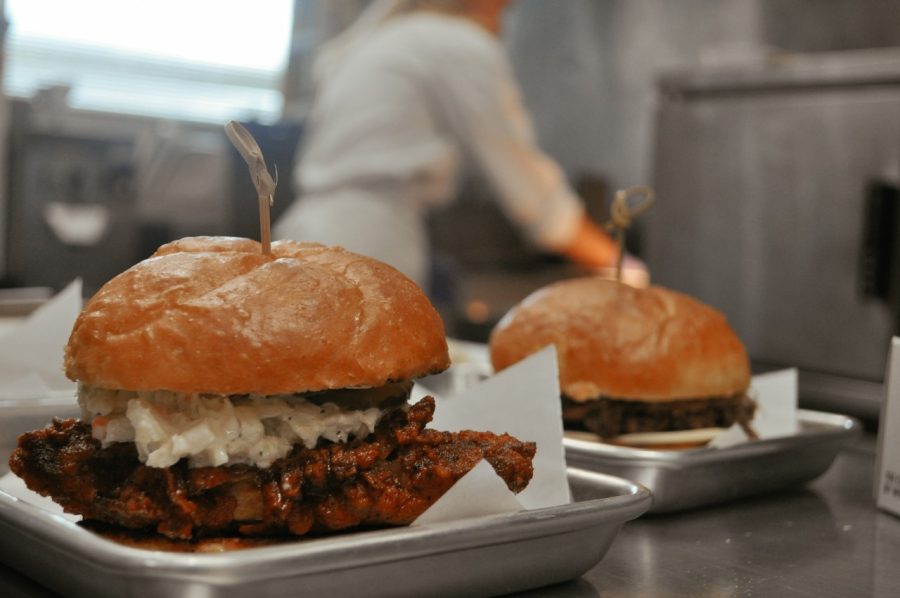For the third year in a row, a student marketing campaign unites Bob Jones University students interested in culinary arts and students interested in marketing to create a convenient fine dining experience for the campus and community.
Second-year culinary arts students run an annual Bistro to practice making food for real customers. This year the Bistro is run by six students, half preparing the food and the others taking orders and delivering the food.
The Bistro offers family pre-ordered to-go meals on Wednesday evenings and opens for full-service dining on Friday evenings from 4:30-6:00 p.m. The Wednesday menu includes pot roast, chicken pot pie and salad, while the Friday opening includes a full menu that changes throughout the semester.
“The menu is pretty unique,” Chef David Miller, an instructor in the culinary arts department who oversees the Bistro, said. The culinary students created their own menu, which includes diverse ethnic foods from around the world. The Bistro also offers bakery items such as cookies, mudslides, cakes and cupcakes made by freshman culinary students.
The culinary arts department, part of the School of Business, uses the Bistro to help students learn to use their skills to run their own businesses. For that reason, this year’s menu includes items that would work well if served on a food truck, an idea suggested by this year’s University Marketing Association campaign.
This year’s Bistro marketing campaign
The crew for this year’s campaign includes several veterans of the original campaign, including Aimee Tewes, the current president of the UMA. Tewes, a senior business administration major, said the campaign this year includes posters displayed around campus, flyers delivered to faculty and professional photos of the food. The UMA has also been using Instagram Reels to show the food being made.
The campaign is also reaching out to people in the BJU community beyond just students. “It’s also appealing to parents that might be in the Academy or people at the Press that are just getting off work,” Tewes said. “I think that’s a really good way of reaching Bob Jones [University] people that might be more than just students, and it also tends to perform really well.”
Tewes also said that the annual UMA campaign helps students build on the experiences of past campaigns. “Being able to measure what we’ve been doing in the past [and] what we’re trying to do now and see how things perform is helpful for us as marketers but also helps the Bistro in the process just by boosting their sales,” she said.
“It’s a really great opportunity to actually help an organization on campus,” Tewes said. She said that the students benefit from meeting with an actual client, learning to communicate effectively and measuring the success of the campaign. “When you have that kind of sense of personal responsibility, it makes you want to ensure good results,” she said.
Impact of previous UMA Bistro campaigns
“The UMA have been incredible,” Miller said.
For many years the Bistro remained practically unknown to the rest of the student body. In addition, the Bistro was open on Friday for lunch but located in the Culinary Arts building on the west side of campus, which was farther than most students were willing to walk in the middle of a school day.
The Bistro’s lackluster turnout turned around in the fall of 2020 when Miller changed the Bistro to run on Wednesday and Friday evenings. He also contacted Jessica Turell, the president of the University Marketing Association.
Originally, Miller just envisioned having Turell make a promotional video, but soon they made plans for a full student-run marketing campaign including posters, social media posts, promotional videos and professional photography. Bistro sales spiked 20 times higher than the previous year. Last year’s marketing campaign pushed sales even higher.
Miller also mentioned that students in the UMA campaign were able to use their unique skills, including students who helped with the campaign even though they were not business or marketing majors. “We had some that were graphic design. We had some that were in computers. … All of those diverse people could use their major in a diverse way in the UMA,” Miller said.

